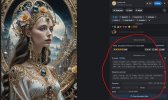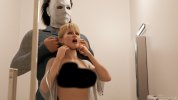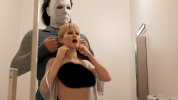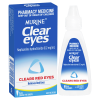Nyghtfall3D
Executioner
Unless there's some technique I've yet to learn with A111, SD cannot handle multiple characters in one image. This is from my first Daz comic when the Reality plugin was all the rage. It's the only decent image I managed to get after about 20 attempts, including various text prompts to help it along.
It gave my male antagonist female eyes that won't look down, it merged my protagonist's right index and middle fingers, and her her tongue looks she drank acid. The text on the license plate on the background SUV is also warped.
Hi-Tech Target 3D
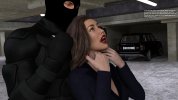
Hi-Tech Target AI
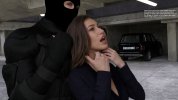
But it sure loves portraits. This my second attempt at Van Helsing AI, using a tweaked copy of the text prompts in your ComfyUI screenshot:
Van Helsing AI2
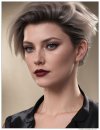
It gave my male antagonist female eyes that won't look down, it merged my protagonist's right index and middle fingers, and her her tongue looks she drank acid. The text on the license plate on the background SUV is also warped.

Hi-Tech Target 3D

Hi-Tech Target AI

But it sure loves portraits. This my second attempt at Van Helsing AI, using a tweaked copy of the text prompts in your ComfyUI screenshot:
Van Helsing AI2

Last edited:



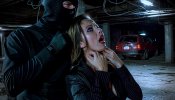

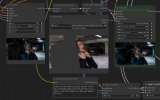
 That's exactly what I said about seeds and how SD is largely deterministic in my previous post. Same input (parameters, control map images, etc.) + same seeds = same render.
That's exactly what I said about seeds and how SD is largely deterministic in my previous post. Same input (parameters, control map images, etc.) + same seeds = same render.